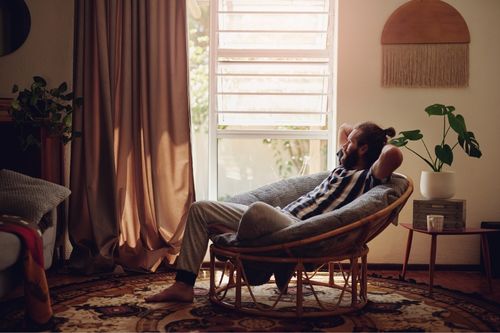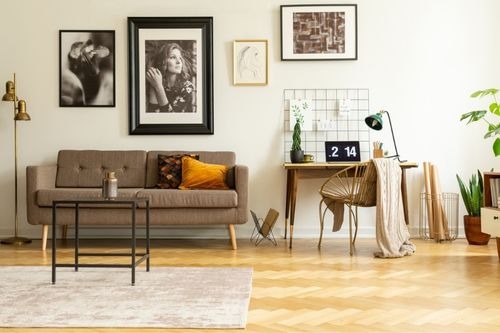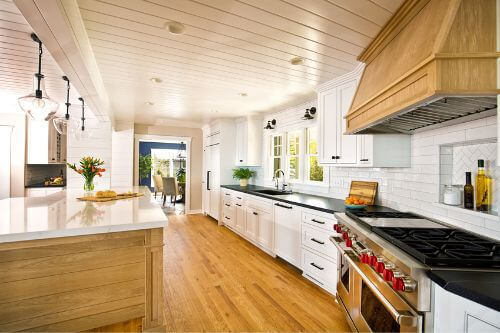If you’ve ever seen a home like the one in the photo above, certain words like “romantic” or “medieval” may have come to mind. The architectural style shown here is Gothic Revival, a unique branch of design that grew popular in the mid-19th century. Though it fell out of fashion shortly thereafter, this signature architectural style has left a lasting impression on home design.
What is Gothic Revival Architecture?
The most defining characteristics of Gothic Revival architecture are its pointed arches, steeply pitched roofs, intricate wooden trim, and its preference for vertical elements. As opposed to the horizontal nature of the rambler home style, Gothic Revival architecture reaches skyward. Gothic Revival also borrows elements of castles, such as towers with parapets and/or spires.
The architectural style eventually took on other variants. Victorian Gothic borrowed from elements of the Victorian era, and the North American adaptation Carpenter Gothic used a Gothic influence as the basis for a new style of home design popularized in the late 19th century.

Image Source: Getty Images – Image Credit: glasslanguage

Image Source: Getty Images – Image Credit: fotoVoyager
Although Gothic Revival most naturally translated to larger buildings such as churches, mansions, prisons, and schools, the Gothic Carpenter style maintained many of the key characteristics that define the unique style with slight twists to accommodate for residential home life.
Beyond the vertical visuals, steep roofs, and arched doorways, residential gothic architecture also incorporated elements like board and batten wood siding, roof gables, ornate crown molding, and slim porch columns. Gothic-style homes are easily identifiable and much rarer than ubiquitous home styles such as craftsman, cottage, and mid-century modern.
To learn more about the different architectural styles, visit our Architectural Styles page.
Featured Image Source: Getty Images – Image Credit: akaplummer
 Facebook
Facebook
 X
X
 Pinterest
Pinterest
 Copy Link
Copy Link
















